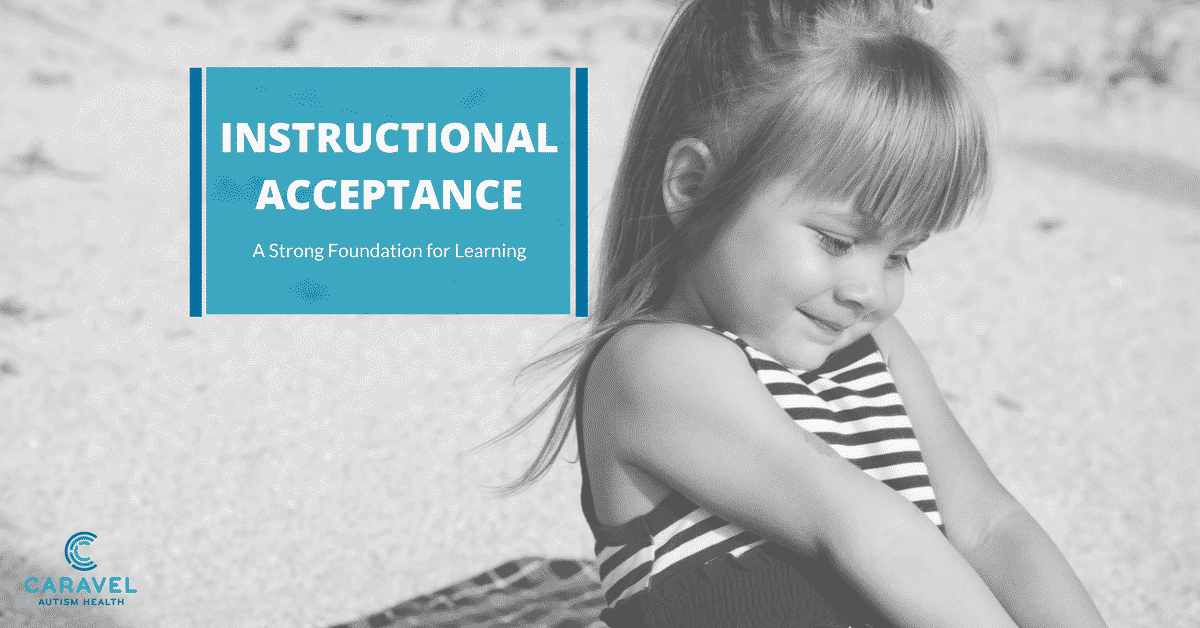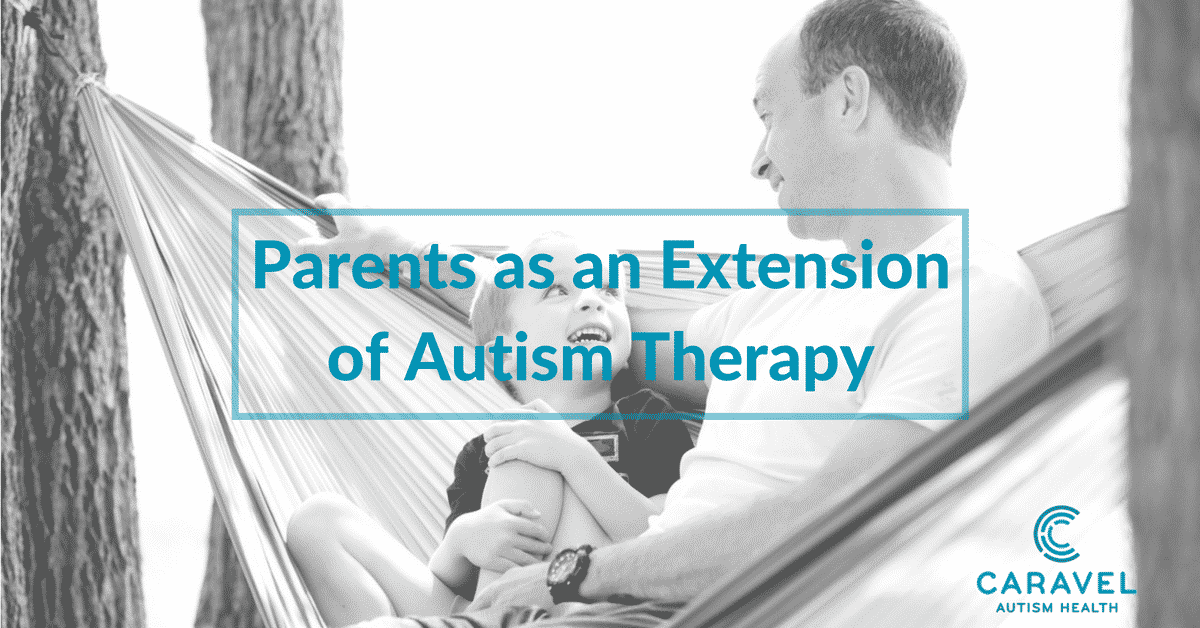A child can be diagnosed with autism at just 12 months. For parents, this diagnosis can be devastating. So they’re often surprised – and relieved – to learn that autism therapy can begin at a very young age. This head start gives a child a major advantage in life. When autism health experts can intervene early, they have the greatest opportunity to retrain the developing brain so that the child can learn how to better interact with the world.
At Caravel Autism Health, we hear a lot of questions from parents immediately following an autism diagnosis. While most people have a general understanding of autism, very few know what can be done to treat autism. It’s our job to help educate them about what an autism diagnosis means and what can be done to help their child.
There is now a significant body of research that shows that early Applied Behavior Analysis (ABA) therapy is extremely beneficial for children who are diagnosed with ASD. Early therapy improves outcomes in very measurable ways. Children who start intensive therapy at the age of 2 or 3 are positioned to make the greatest possible gains. Why? Because early, intensive therapy can be very effective in helping to retrain neuropathways in the young brain. This optimizes brain development and helps children with autism communicate better. How much better? Clinical research shows that 49 percent of children with autism can be brought up to the same levels as their typically developing peers by first grade if they receive intensive therapy. Simply put, ABA therapy is a young child’s greatest chance for leading an independent and happy life.
Why so early?
Neuroplasticity is the brain’s capacity to develop and rebuild connections in response to new information, sensory stimulation and other interactions. Neuroplasticity is greatest during a child’s first few years of life. ABA therapy is designed to harness the power of the young brain. In doing so, autism therapists can address the many social, communication and behavioral challenges that children with autism face.
By addressing undesired behaviors early, we can prevent these behaviors from becoming entrenched and persistent as the child grows older. Children with ASD are unlike their typically developing peers in several key ways. Take play, for example. Play is an important developmental task for children. Most children will observe and imitate other children at play. This imitation leads to interaction and engagement with others around them. For a child with ASD, however, this behavior does not come naturally. Children with ASD tend to be engrossed in objects or repetitive behaviors. For these children, play and social skills need to be broken down into small steps, deliberately taught and practiced. This process helps them learn how to participate meaningfully in play and peer group activities.
What does therapy look like?
Parents are usually surprised when they learn that our therapy programs average 30 to 40 hours per week. ABA therapy has been studied for more than three decades, and much has been learned about what kind of program delivers the best outcomes. The benefits of high-intensity, one-on-one therapy programs are well-documented.
Our therapy programs recognize that children with ASD learn best through very small steps, which are repeated and practiced. These programs are designed to make therapy both fun and productive. Much of our therapy is organized around play and social interaction skills. Therapy is tailored to the child’s level and is structured to make the child feel successful.
In summary, the best possible therapy program is a comprehensive intervention package that addresses a wide range of difficulties that challenge young children with autism. These include communication skills, cognitive skills, daily living skills, gross and fine motor skills and behavior regulation.
The sooner we can help children with ASD gain these critical skills, the better equipped they will be to participate meaningfully in home, family, school and community activities.





